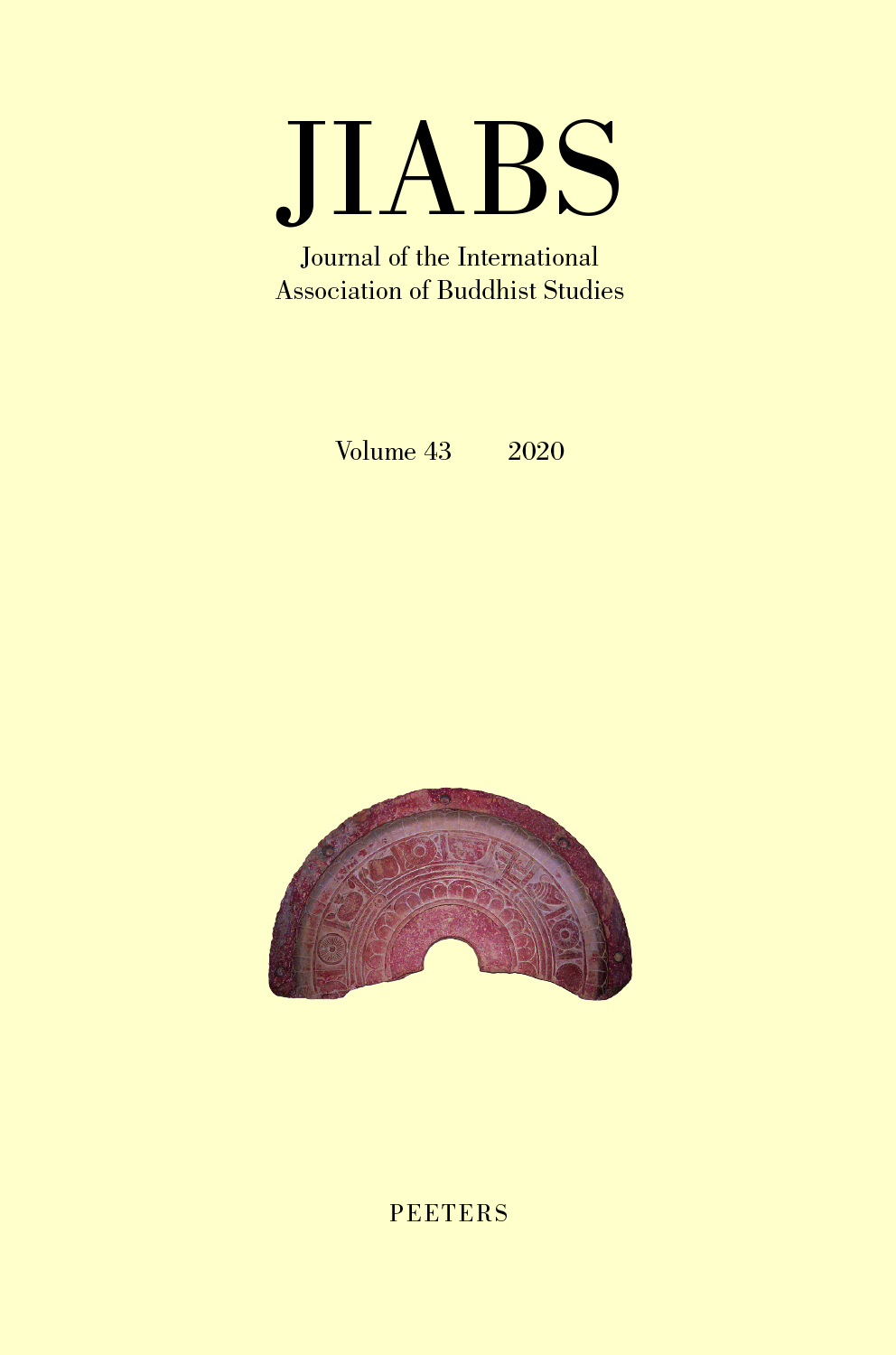 previous article in this issue previous article in this issue | next article in this issue  |

Preview first page |
Document Details : Title: Dharma Transmission Rituals in Sōtō Zen Buddhism Author(s): LICHA, Stephan Kigensan Journal: Journal of the International Association of Buddhist Studies Volume: 39 Date: 2016 Pages: 171-205 DOI: 10.2143/JIABS.39.0.3200525 Abstract : This paper investigates the formation and transformation of Sōtō Zen Dharma transmission rituals (denbō or shihō) from the point of view of Eric Hobsbawm’s notion of 'invented traditions'. It argues that the reformation of transmission rituals was an important tool for re-inventing Sōtō Zen whenever the tradition faced an institutional or ideological crisis. Focusing on the transformation of transmission in the Tokugawa period (1603-1868), the paper makes three points. Firstly, transmission rituals in Sōtō Zen derived from precept initiations. Secondly, Dharma transmission in Tokugawa Sōtō Zen relied on the systematic distinction and complementary usage of precept and Dharma lineages, which developed in response to medieval practices. Finally, the context in which to understand the formation of Sōtō Zen transmission rituals are the oral initiation practices (kuden hōmon) of the Tendai tradition. In order to arrive at these conclusions, the paper first investigates the transmission ritual promoted by the Tokugawa period reformer Manzan Dōhaku (1635-1715). It shows that this ritual relies on a systematization of the separate but complementary transmission of Dharma and precept lineages. It then investigates the origins of this usage, concluding that while Dōgen (1200-1253) did position Dharma transmission in the context of precept initiations, the systematic distinction of Dharma and precept transmission stems from a later period. Finally, the paper clarifies the influence Tendai initiatory practices exerted on the development of Sōtō transmission rituals. The paper concludes that the Tokugawa period transformation of Dharma transmission ritual needs to be understood firstly as a form of crisis management and secondly in the context of a struggle among oral initiation lineages for orthodoxy. |
 |


